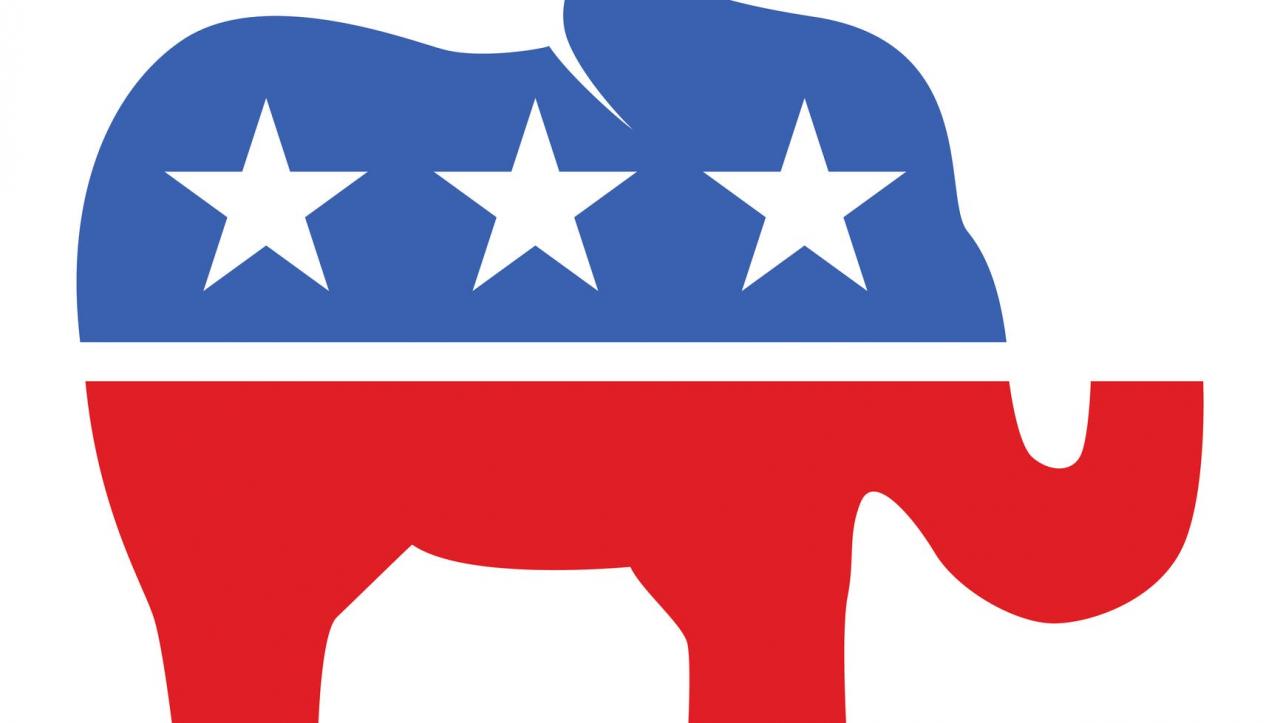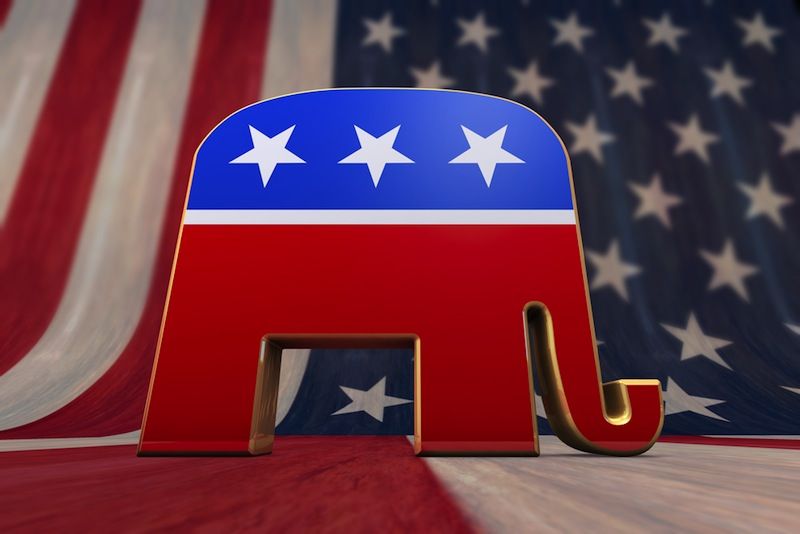Party history
US Republican Party, one of the two (along with the Democratic Party) major American political parties. It was founded in 1854 on the wave of a social movement against slavery, against the political power of the slave-owning oligarchy of the South.
The founding members of the Republican Party were Whigs, Democrats, and Free Soilers who chose the name of the party in honor of Jefferson’s pledge to put Republican (nationwide) interests ahead of local interests and state rights.
Particularly strong positions of the Republican Party at the initial stage of its existence were in the northeastern states. The struggle between the Republican and Democratic parties reflected the contradictions between the free market relations that developed in the North and the slave system in the South.

The first Republican presidential candidate.
John Fremont, in 1856 collected a majority of votes in 11 states. In 1860, the new Republican candidate Abraham Lincoln won 18 states and became President of the United States.
The platform of the Republicans during the election campaign of 1860 included, in addition to a ban on the spread of slavery in the northern states, the requirement to introduce a high protective tariff on imported products, free distribution of homesteads. Lincoln’s victory in the 1860 presidential election signaled secession for the slave states.
The American Civil War (1861-1865) ended with the defeat of the slave-owning South and led to the political dominance of the Republican Party, which was in power in 1861-1885 (presidents A. Lincoln, E. Johnson, W. Grant, R. Hayes, J. Garfield, C. Arthur), in 1889-1893 (President B. Harrison), in 1897-1913 (Presidents W. McKinley, T. Roosevelt, W. Taft), 1921-1933 (Presidents W. Harding, C. Coolidge , G. Hoover).
The Republicans won 14 out of 18 presidential elections from 1860-1932, supported by an alliance of northern and midwestern farmers and big business.
In 1912, the party split into a progressive wing, led by Theodore Roosevelt, and a conservative wing, led by William Taft. The split allowed Democrat Woodrow Wilson to win the presidential election that year.
The long period of being in power led to the loss of the original progressive nature of the Republican Party, and conservative tendencies prevailed in its politics. In the 20th century, on the American political scene, Republicans were perceived as conservatives, supporters of traditional American values.
Tendencies prevailed in its politics
Longer than their rivals the Democrats, they remained adherents of the policy of isolationism, opposed the expansion of the state’s participation in economic life, and the creation of a powerful system of social protection of the population.
The failure of the Republicans to resist the Great Depression led to their removal from power in 1933. In the second half of the 20th – early 21st centuries, the Republican Party was in power in 1953-1961 (President D. Eisenhower), in 1969-1977 (Presidents R. Nixon, J. Ford), in 1981-1993 (Presidents R. Reagan, George W. Bush Sr.) and since 2001 (President George W. Bush).
The election of Dwight Eisenhower as president (1953) marked the strengthening of the moderate wing of the party. The party platform remained conservative, the emphasis was on anti-communism, limiting state intervention in the economy, tax cuts; many Republicans opposed the civil rights laws. In the 1950s, the party gained new supporters among middle-class urban and white southerners who were concerned about the integration policies of the Democratic Party.
After the departure of Dwight Eisenhower from the political scene, Richard Nixon becomes the leader of the moderate Republicans, who was only slightly short of winning the 1960 presidential election.
Upon coming to power in 1968, Nixon initiated a policy of detente and took steps to end the Vietnam War. In 1972, he confidently won re-election for another term, but was forced to resign as a result of the Watergate scandal (1974).
After the defeat of Barry Goldwater in the 1964 presidential election, Ronald Reagan became the leader of the conservative wing of the Republicans.

He won the presidential elections twice (1980, 1984), significantly reduced taxes, and embarked on a large-scale strengthening of the US military.
Its vice president, George W. Bush, was elected president in 1988. The success of the Gulf War brought him great popularity, but the sluggish economy led to defeat in the 1992 elections.
The Republicans got revenge for the defeat in 1994, when for the first time in 40 years they received a majority in both houses of Congress (53 seats out of 100 in the Senate and 230 out of 435 in the House of Representatives).
In 2000, George W. Bush, relying on a platform of “sympathetic conservatism” (compassionate conservatism), narrowly won one of the most intense and most controversial presidential elections in US history.
Four years laterhe repeated his success. The party continues to pursue a policy of lowering taxes, reducing administration costs in general, and strengthening national security.
The Republican Party has the greatest influence
Traditionally, the Republican Party has the greatest influence in the Northeast, Midwest and West of the country; in the second half of the 20th century, its influence also increased in the southern states.
The Republican Party does not have a permanent membership, program or charter. The main document of the party, expressing in general terms its political creed, is the election program adopted by the national congresses of the party before each presidential election.
The conventions elect the party’s candidates for president and vice president of the United States. The current activities of the party are coordinated by the National Committee.
Party factions in Congress also play a significant role. The leader of the party is usually the president or a candidate for this post. The headquarters of the National Committee is in Washington. The symbol of the party is the elephant.
